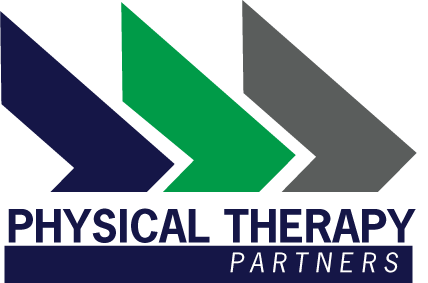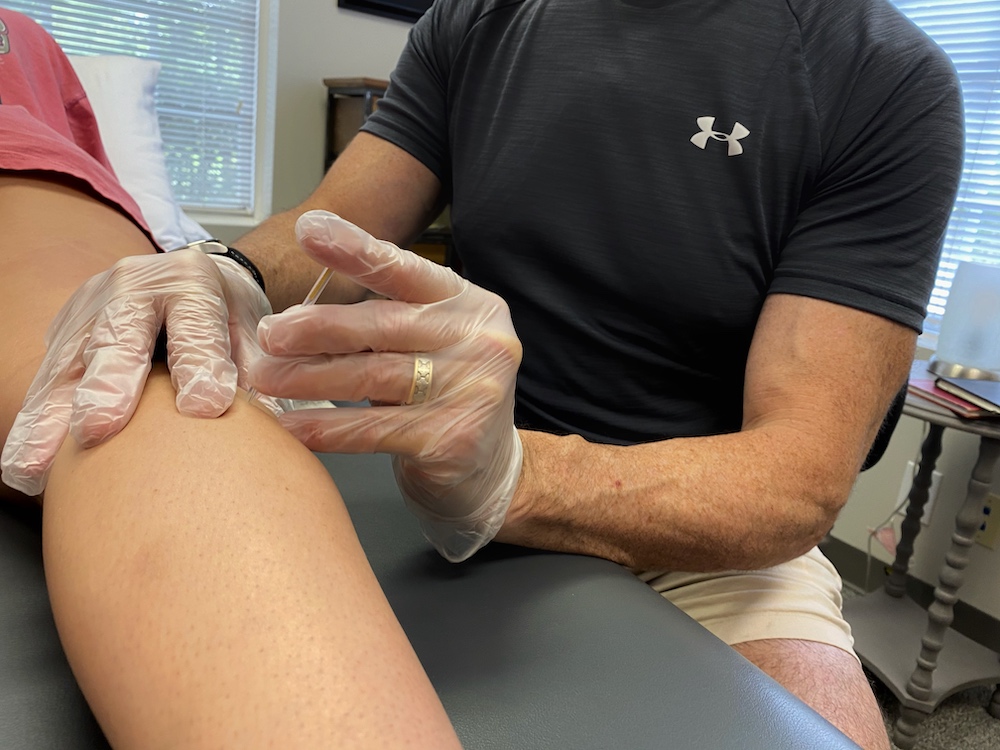The practice of inserting very thin needles through the skin and into muscle, targeting “trigger points.”
Dry Needling
Hate needles? Dread that prick of the skin when you get a shot? What if we told you that needles could actually take your pain away? It sounds crazy, but that’s how dry needling works! Dry needling is a very useful physical therapy technique, and we promise: it’s not as scary as you think.
What is Dry Needling?
Dry needling is the practice of inserting very thin needles through the skin and into muscle, targeting “trigger points.” Trigger points are hypersensitive areas of muscle tissue, often marked by a distinct knot or band. Needling these trigger points can cause an involuntary muscle twitch that relieves the muscle tightness and pain.
These needles contain no medicine or anesthetic; the needle itself is the treatment.
When Do We Use Dry Needling?
Because there are so many muscles in the human body, dry needling has a wide variety of applications. An athlete with a repetitive strain injury can benefit from dry needling in the same way as a car accident victim with whiplash.
Dry needling is always paired with other forms of physical therapy, such as exercise or other manual stimulation.
Common Questions
- Isn’t this just acupuncture? A fair question, but no. Acupuncture is an ancient tradition, still practiced in some cultures, that uses supposed “Qi” energy as its mechanism of action. Dry needling focuses instead on clearly defined, physical trigger points.
- Does it hurt? The needles we use are very thin, even more than a typical syringe. So while there may be some discomfort, it is minimal. You may be sore afterwards; this is normal.
- Does it work immediately? Sometimes, but it may take several sessions for a lasting effect.
- Are there any side effects? Aside from soreness, side effects are rare. One serious side effect, pneumothorax, can occur in .01% of patients. Your physical therapist is prepared for this very rare possibility.

